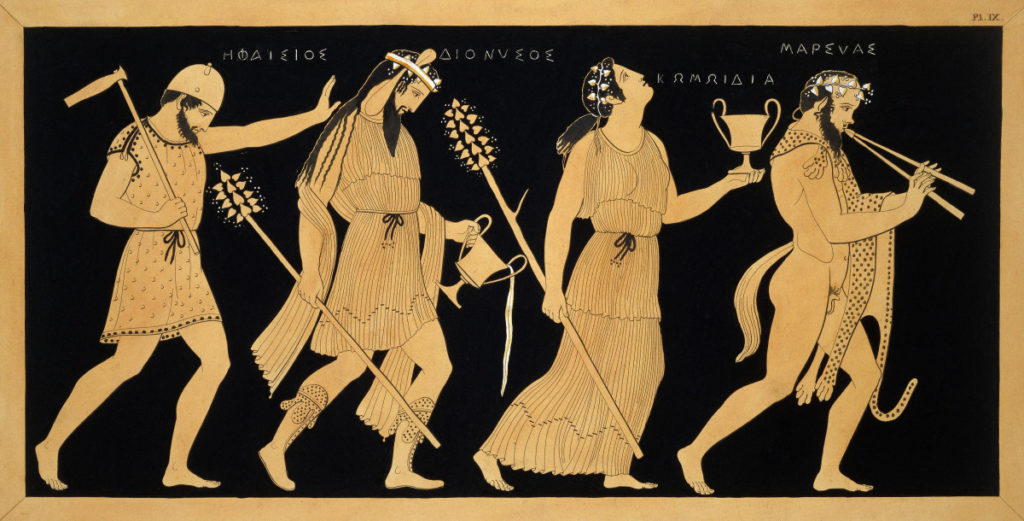Everybody loves a myth. Who can resist tales of gods and goddesses, heroes and monsters, flying horses and magic apples? It’s all wonderful stuff, if a little gruesome in parts – toned-down versions are available for younger readers.
While often we commonly associate mythology with the ancient Greeks, cultures worldwide have rich and unique mythologies. Creation stories, heroic adventures, tales of rebirth and sacrifice, and love stories are part of every mythological tradition, from Greece and Rome to Scandinavia, Africa, Asia, the Americas, and beyond.
Link this one to geography, astronomy, art, and literature.
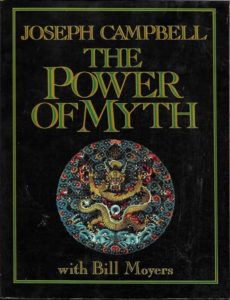 |
A great resource here is Joseph Campbell’s The Power of Myth (Anchor, 1991), available both in book form and as a six-part video series. Episodes are “The Hero’s Adventure,” “The Message of the Myth,” “The First Storytellers,” “Sacrifice and Bliss,” “Love and the Goddess,” and “Masks of Eternity.” For ages 13 and up.
|
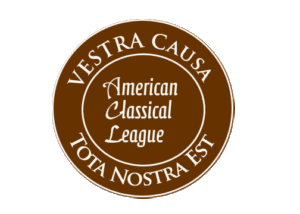 |
How well do you know your mythology? If you think you’ve got it down, you might tackle the annual National Mythology Exam sponsored by the American Classical League. The exam is offered on two levels: the Pegasus Mythology Exam for kids in grades 3-8 and the Medusa Mythology Exam for grades 9-12. |
Table of Contents
CLASSICAL MYTHOLOGY: Collections
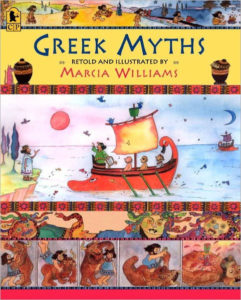 |
By Marcia Williams, Greek Myths (Candlewick, 2011) is a delightful retelling of eight classic myths, among them the stories of Pandora, Theseus, and Hercules and his Twelve Labors. The stories are told in brightly colored cartoon-strip format with a simple friendly text and clever little voice balloons. For ages 4-8. |
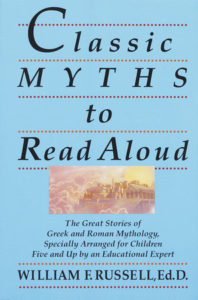 |
William F. Russell’s Classic Myths to Read Aloud (Crown, 1992) is a fat collection of Greek and Roman myths, divided into two sections: Listening Level I (for ages 5 and up) and Listening Level II (for ages 8-12). Included, among others, are the stories of Icarus and Daedalus, Echo and Narcissus, Pegasus, Perseus, and the Iliad and the Odyssey. |
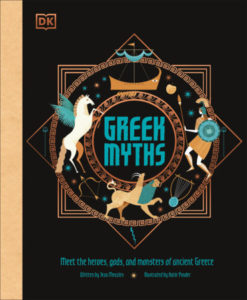 |
By Jean Menzies, with stunning stylized illustrations by Katie Ponder, Greek Myths (Dorling Kindersley, 2020) introduces gods, goddesses, heroes, and monsters, along with the retelling of 30 myths. Targeted at ages 7-9. |
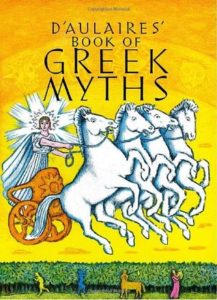 |
D’Aulaires’ Book of Greek Myths by Ingri and Edgar Parin d’Aulaire (Delacorte, 1992) has been captivating kids for the past fifty years with its wonderful illustrations and detailed, well-told stories, beginning with the story of creation. For ages 8-14. |
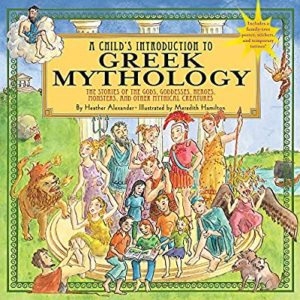 |
Heather Alexander’s charmingly illustrated A Child’s Introduction to Greek Mythology (Black Dog and Leventhal, 2011) begins with the definition of myths, then proceeds through “Who’s Who and What’s What” (including “Meet the Olympians”) followed by sixteen major myths, among them “The War of Beauty and the Trojan Horse,” “Pandora’s Box,” “Perseus and Medusa,” and “The Twelve Labors of Heracles.” For ages 8-12. |
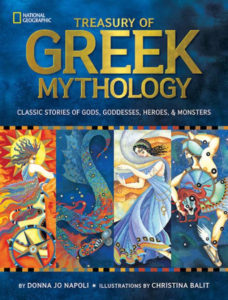 |
By Donna Jo Napoli, the prize-winning Treasury of Greek Mythology (National Geographic, 2011) is a 192-page illustrated collection of classic stories about gods, goddesses, heroes, and monsters. Included are a family tree of the Greek pantheon and sidebars with additional information. For ages 8-12. Also by Napoli in the same format, see Treasury of Egyptian Mythology and Treasury of Norse Mythology. |
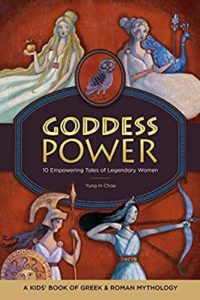 |
It’s not all about Zeus. Yung In Chae’s Goddess Power (Rockridge Press, 2020) tells the stories of ten powerful women from Greek mythology, including Gaia, Rhea, Hera, Artemis, and Athena. For ages 9-12. |
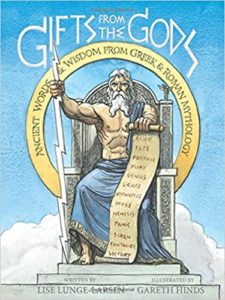 |
By Lise Lunge-Larsen, Gifts from the Gods (HMH, 2016) traces words and phrases commonly used today to their mythical origins. Readers learn the stories behind “Achilles’ heel” and “arachnid,” and the sources of such everyday words as echo, grace, hypnotize, and museum. Highly recommended for ages 9-12. |
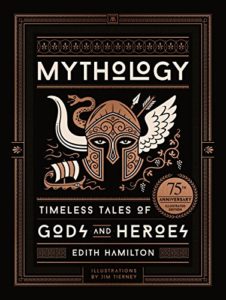 |
Edith Hamilton’s Mythology: Timeless Tales of Gods and Heroes, originally published in 1942, remains a classic of classics, covering in detail the Greek and Roman pantheons, creation stories, tales of lovers, Jason’s quest for the Golden Fleece, the Trojan War, the great families of mythology, minor myths, and (briefly – you can tell Hamiton’s heart is in Greece) Norse mythology. A wealth of information for teens and adults. |
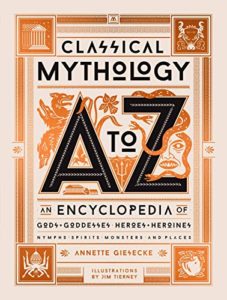 |
Annette Giesecke’s Classical Mythology A to Z (Black Dog and Leventhal, 2020) is a 375-page illustrated encyclopedia of gods and goddesses, heroes and heroines, monsters and other creatures, and places and landmarks. Packed with information; a beautifully designed reference work. There’s also a double-page family tree of the Greek pantheon, in which Zeus figures prominently. |
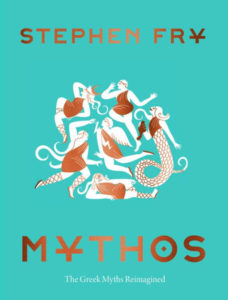 |
By the brilliant writer/actor Stephen Fry, Mythos (Chronicle Books, 2019) is a witty and wonderful retelling of the classics, with color illustrations. Highly recommended for teens and adults. Also by Fry, see the sequel, Heroes, which includes the stories of Perseus, Jason, Atalanta, Theseus, Heracles, and more. |
CLASSICAL MYTHOLOGY: Picture and Chapter Books
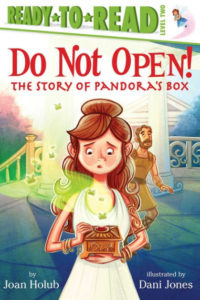 |
For beginning readers, see Joan Holub’s Do Not Open (Simon Spotlight, 2014), the story of Pandora and her disastrous box; Anne Rockwell’s Romulus and Remus (1997), the story of the twins who founded Rome; and Joan Holub’s The One-Eyed People Eater (2014), the story of Cyclops. Very short chapter books in the Ready-to-Read series for ages 6-8. |
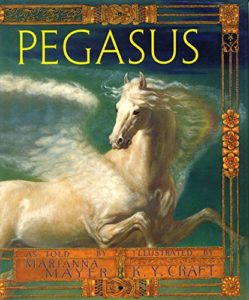 |
Marianna Mayer’s Pegasus (HarperCollins, 1998) is the gorgeously illustrated picture-book story of the hero Bellerophon, son of the king of Corinth, who battles the terrifying Chimera with the help of the magnificent winged horse, Pegasus. For ages 5-10. |
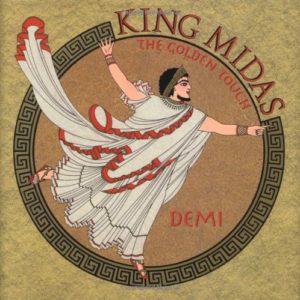 |
By Demi, King Midas: The Golden Touch (Margaret K. McElderry, 2002), illustrated with splendid gold-leaf paintings, is the story of the foolish king who wished that everything he touched would turn to gold. For ages 6-10. Also see Charlotte Craft’s King Midas and the Golden Touch (HarperCollins, 2003). |
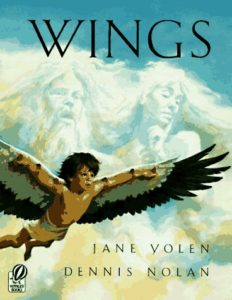 |
Wings by Jane Yolen (Harcourt, 1997) is the picture-book story of Daedalus and Icarus. (Pair this one with Chris Van Allsburg’s Wreck of the Zephyr.) For ages 6-10. |
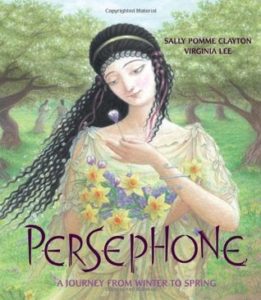 |
Sally Pomme Clayton’s Persephone (Eerdmans Books, 2009) is the story of Persephone, lovely daughter of Demeter, the goddess of the Earth, who is kidnapped and taken to live underground by Hades, the god of the Underworld. For ages 7-11. |
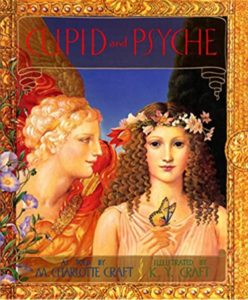 |
Charlotte Craft’s lavishly illustrated Cupid and Psyche (HarperCollins, 1996) is the story of Cupid, the arrow-shooting god of love, and Psyche, the most beautiful woman in the world. For ages 7 and up. |
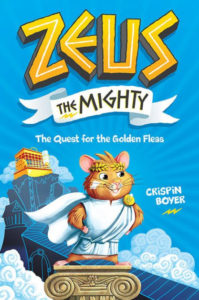 |
By Crispin Boyer, Zeus the Mighty (Under the Stars, 2019) is a quirky re-imagining of the tale of the Golden Fleece, through the medium of the Mount Olympus Pet Center in Athens, Georgia, and its population of talking animals. Zeus is a hamster. First of a series for ages 7-10. |
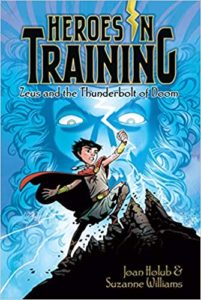 |
In Zeus and the Thunderbolt of Doom (Aladdin, 2012), first of Joan Holub and Suzanne Williams’s Heroes in Training series, ten-year-old Zeus yanks a magical thunderbolt from a stone and sets off on a quest to save his fellow young Olympians from the evil Cronus. First of a funny chapter-book series for ages 7-9. |
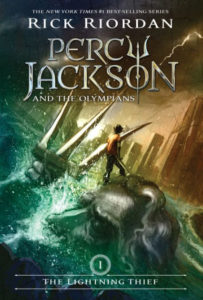 |
In Rick Riordan’s Percy Jackson and the Olympians series, twelve-year-old Percy – shipped off to Camp Half Blood, a summer camp for young demigods – discovers that he’s actually the son of Poseidon. Together with his best friends – a satyr and the demigod daughter of Athena – Percy embarks on a series of gripping adventures. Book one in the series is The Lightning Thief (Hyperion, 2005). |
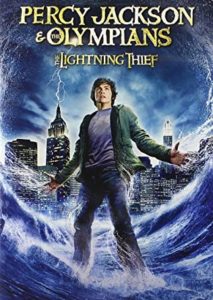 |
Also see the movies Percy Jackson and the Lightning Thief (2010) and Percy Jackson: Sea of Monsters (2014). Both rated PG. |
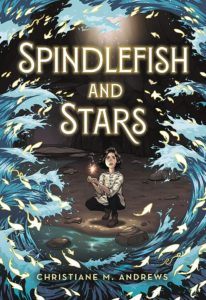 |
In Christiane M. Andrews’s Spindlefish and Stars (Little, Brown, 2020), young Clo’s father has disappeared – but has sent her half-passage on a ship to a mysterious gray island. There she ends up carding fish to make wool for an old woman weaving a mysterious tapestry of life and death and befriends Cary, a boy who has fallen into the sea. Cary remembers nothing of his past – but has a single great feathered wing. A wonderful fantasy with tropes from Greek mythology for ages 10 and up. |
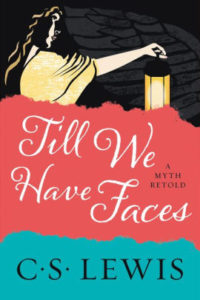 |
By C.S. Lewis, Till We Have Faces (HarperOne, 2017) is a brilliant retelling of the story of Cupid and Psyche from the point of view of Psyche’s sister Orual. A thought-provoking read for teens and adults. |
CLASSICAL MYTHOLOGY: Plays, Poems, and More
|
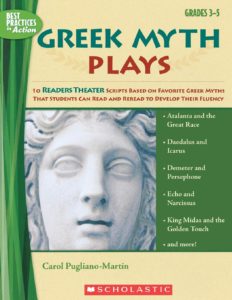 |
By Carol Pugliano-Martin, Greek Myth Plays (Scholastic, 2008) has ten short theater scripts based on the myths of “Atalanta and the Great Race,” “Daedalus and Icarus, “Demeter and Persephone,” and more. For ages 7-10. |
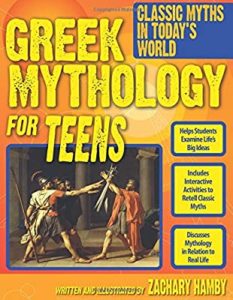 |
By Zachary Hamby, Greek Mythology for Teens (Prufrock Press, 2011) combines scripts of nine featured myths with background information, discussion questions, and research and writing activities. For ages 13 and up. |
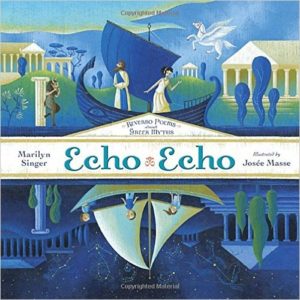 |
Marilyn Singer’s Echo Echo (Dial, 2016) is an ingenious illustrated collection of Greek-myth-themed “reverso” poems that can be read both forward and backward, revealing a whole new take on the story. |
|
Greek Mythology has a wealth of basic information about the Olympian gods, the Titans, mythical creatures, monsters, and heroes, plots of myths and Greek plays, and more. Useful reference. |
|
|
Theoi Greek Mythology is an encyclopedic reference site on Greek mythology and characters in literature and art. |
|
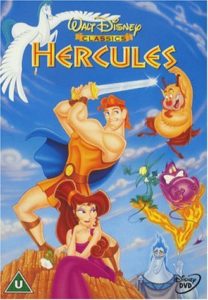 |
The animated movie version of Hercules, which takes considerable liberties with the classical myth, is rated G. |
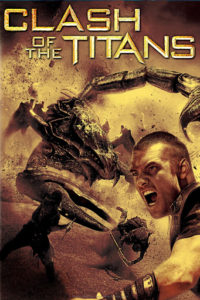 |
In the movie Clash of the Titans, Perseus battles Hades and the forces of the Underworld and rescues the Princess Andromeda from the Kraken. Rated PG-13. |
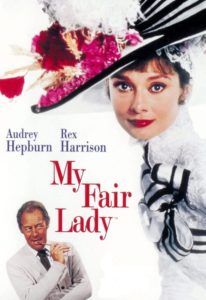 |
Interpretations of myths continue in modern times. The movie My Fair Lady (1964) (rated G) and George Bernard Shaw’s play “Pygmalion,” are both based on the myth of Pygmalion and Galatea, in which a sculptor’s statue of a beautiful woman comes to life. |
